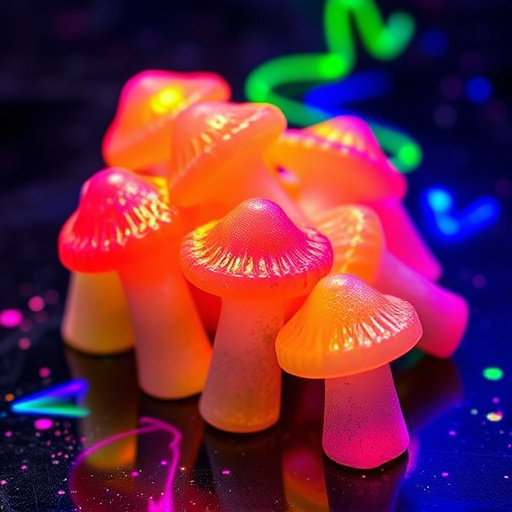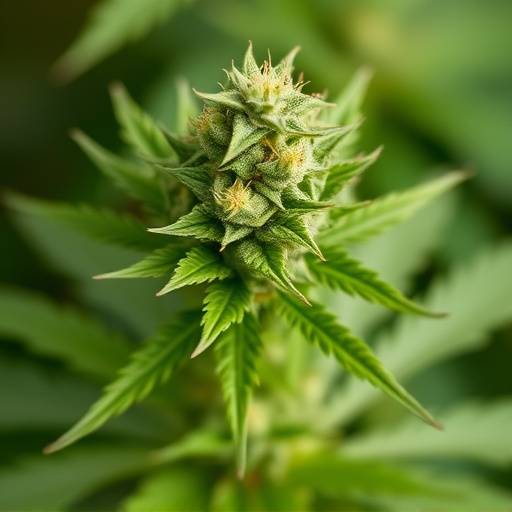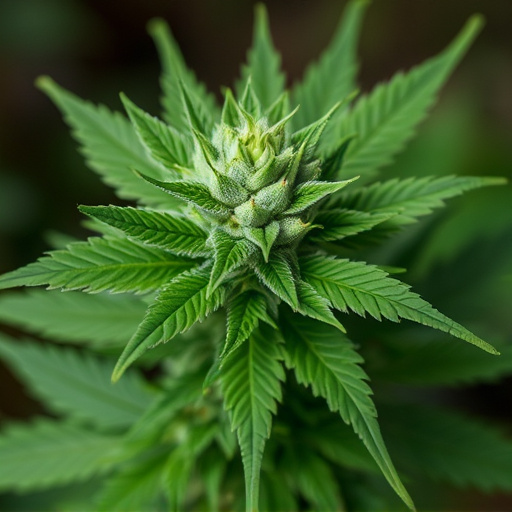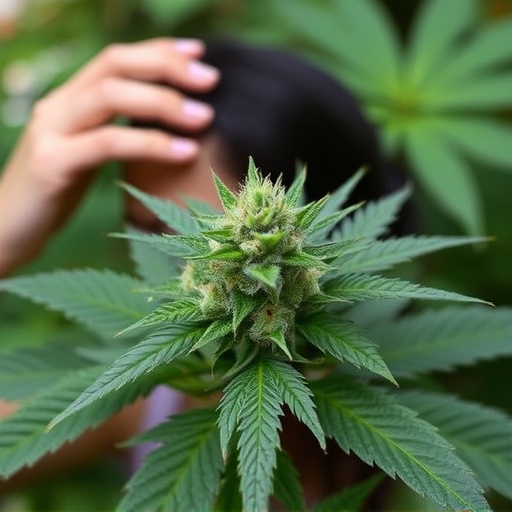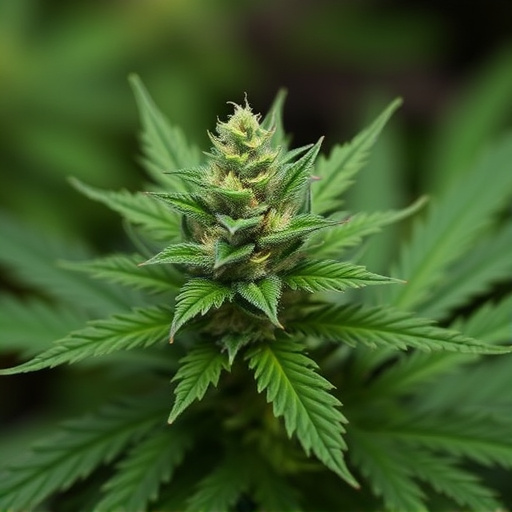Cannabis can help manage migraines, but beginners should understand its compounds THC and CBD, where THC offers pain relief but may cause anxiety, while non-intoxicating CBD has anti-inflammatory properties. The best cannabis strains for migraines have high CBD and low THC content, interacting with the endocannabinoid system to regulate pain, mood, and inflammation. Users should start with low doses of a balanced 5-10% THC and 1-3% CBD strain like Granddaddy Purple, Blue Dream, or Charlotte's Web, tracking their dosage for optimal migraine relief without adverse reactions.
“Uncovering the right cannabis dosage for beginners, especially those seeking relief from migraines, can be a game-changer. This comprehensive guide takes you on a journey through the world of cannabis, offering insights into its effects on headaches. We explore how different strains can cater to specific needs, providing a step-by-step approach to determining the perfect dose. From understanding cannabis types to choosing the best strains for migraines and learning to measure accurately, this article is your starting point for a safe and effective cannabis experience.”
- Understanding Cannabis and Its Effects on Migraines
- Choosing the Right Strain for Your Needs
- Determining the Appropriate Dosage: A Step-by-Step Guide
Understanding Cannabis and Its Effects on Migraines
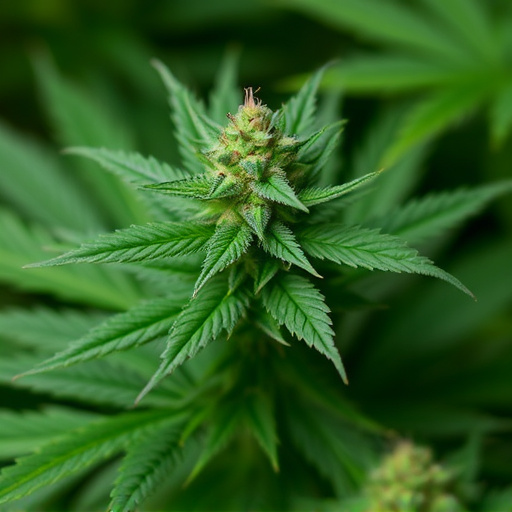
Cannabis has gained attention as a potential treatment option for various conditions, including migraines. Understanding its effects on the body is crucial when considering dosage, especially for beginners. The plant contains numerous chemical compounds, with tetrahydrocannabinol (THC) and cannabidiol (CBD) being the most well-known. THC is responsible for the majority of cannabis’s psychoactive properties and is known to alleviate pain in some users, making it a potential aid for migraine sufferers. However, it can also induce anxiety or paranoia in others, which may worsen headache symptoms.
On the other hand, CBD has gained popularity as a non-intoxicating compound with anti-inflammatory properties. Research suggests that specific best cannabis strains for migraines, rich in CBD and minimal THC, could offer effective relief without the psychoactive effects. These strains are known to interact with the body’s endocannabinoid system, which plays a role in regulating pain, mood, and inflammation. By choosing the right strain and starting with low doses, beginners can explore the potential benefits of cannabis for migraine management while minimizing any adverse reactions.
Choosing the Right Strain for Your Needs
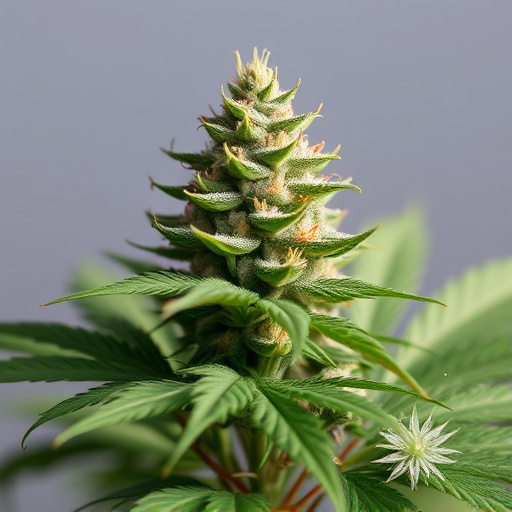
When it comes to managing pain, stress, or sleep issues, choosing the right cannabis strain is a crucial step. Different strains offer unique combinations of cannabinoids and terpenes, making them more suitable for specific conditions. For instance, Indica strains are often recommended for their calming effects, making them potentially helpful for insomnia or anxiety. Sativa strains, on the other hand, are known to boost energy and mood, which could be ideal for combating fatigue or depression.
For those seeking relief from migraines, certain cannabis strains have shown promise. Look for varieties high in CBD (cannabidiol) and low in THC (tetrahydrocannabinol). Popular choices include strains like Granddaddy Purple, Blue Dream, and Charlotte’s Web. These offer anti-inflammatory properties and can help reduce pain without causing psychoactive effects, making them a safer option for everyday use.
Determining the Appropriate Dosage: A Step-by-Step Guide
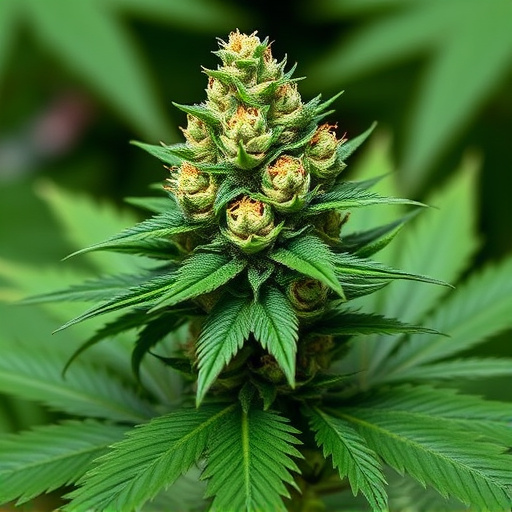
Determining the appropriate dosage is a crucial step for beginners using cannabis, especially for specific conditions like migraines. Start by considering the concentration of THC (tetrahydrocannabinol), the primary psychoactive compound known to alleviate pain. High-THC strains are often recommended for migraines, but it’s essential to choose one with a balance of THC and CBD (cannabidiol) for optimal effects without excessive intoxication. Look for strains with 5-10% THC and 1-3% CBD as a good starting point.
Next, begin with a low dose of around 2.5-5 milligrams of THC and observe your body’s response. If you’re using cannabis for migraines, you might want to aim for a more substantial dose, gradually increasing until you find relief without adverse effects. Keep track of your dosage and the resulting outcomes to fine-tune your consumption. The step-by-step process involves setting a low initial dose, assessing its impact, adjusting accordingly, and continuing this trial and error method until you identify the sweet spot for both effectiveness and tolerance.
For beginners navigating the world of cannabis, choosing the right strain and determining the optimal dosage is crucial for a positive experience. By understanding your specific needs, especially for conditions like migraines, and following a structured guide to dosing, you can harness cannabis’s potential benefits while mitigating any adverse effects. Remember, patience and careful observation are key; every person’s response is unique. When it comes to finding the best cannabis strains for migraines, choosing the right variety and adjusting your dosage accordingly will help ensure a safe and effective treatment option.




